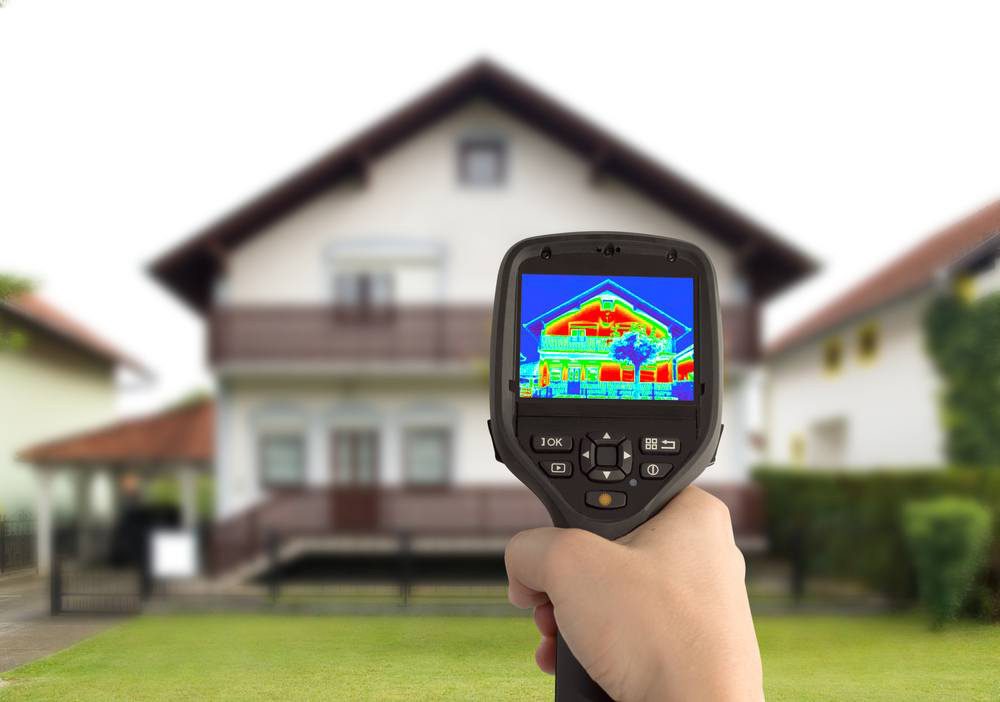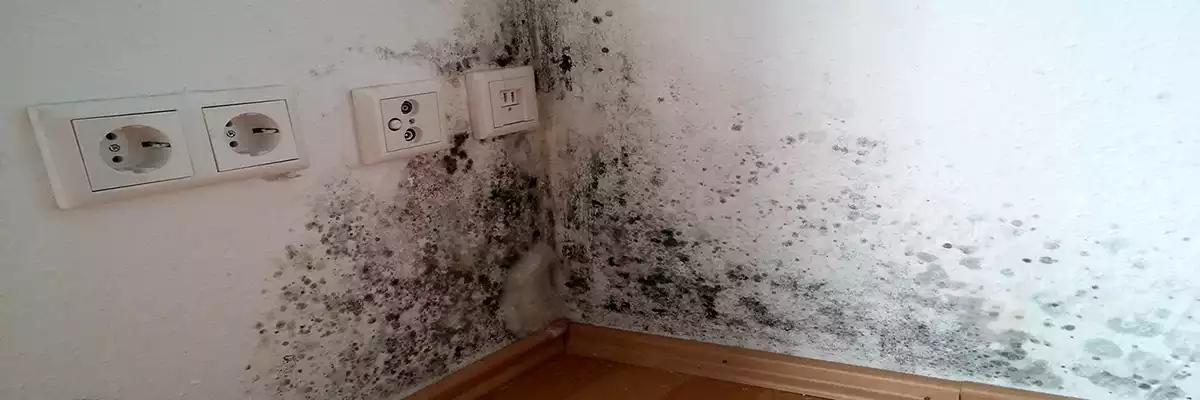What are thermal bridges?
A thermal bridge is a weak link in your home's insulation. Cold bridges occur where insulation is lacking or poor. It is literally a place in a home where the "cold" is conducted from outside to inside. They are also called thermal bridges, thermal bridges or building knots.
The insulation shell is missing or interrupted, resulting in heat loss. As a result, the interior temperature drops and there is a greater need for heat. In addition, thermal bridges can also indirectly cause moisture problems. Moisture and thermal bridges are always the biggest problems in all renovation projects.
And that's not all: cold bridges can also cause problems in the summer. For example, thermal bridges allow warm air to enter, making it difficult to keep your home pleasantly cool.
The causes of cold bridges
Thermal bridges can have a variety of causes.
- Most thermal bridges occur at breaks in the insulation, in other words, when insulation materials do not fit together seamlessly.
- Cold bridges can also occur where there is no insulation at all. In older homes, this is often seen near shutters and floors.
- Less well known is that aged exterior joinery can also be a source of cold bridges. Older profiles sometimes contain no thermal break, allowing cold to run free.
Where are the cold bridges in a house?
A thermal bridge often occurs in all places where insulation does not connect properly. You can therefore sometimes detect a thermal bridge very clearly around exterior doors and windows, where the insulation is not optimally connected to floors or the door and window openings themselves. A few millimeters of opening is enough to allow a cold bridge during a cold winter period. Of course, a few millimeters of insulation loss will not cause serious moisture problems, but it will slightly increase energy bills.
Some examples of places where thermal bridges can occur:
- Transition from a wall to a window
- Window frames
- Eaves
- The place where the floor is in contact with the cavity wall
How do you recognize cold bridges?
You can't always see a thermal bridge, but you can feel it. If you rub your hand over a piece of wall or floor and notice a difference in temperature, you are dealing with a thermal bridge. If you see black mold or condensation on concrete slabs or windows, that can also be an indication of a thermal bridge.

Which (moisture) problems cause cold bridges?
Cold bridges are the cause of a lot of moisture problems in the home. Especially alarming is the structural moisture damage it can cause on the cold wall. A cold bridge weak enough to cause the wall temperature to drop below 14°C encourages moisture problems such as condensation.
Where indoor moisture (which is naturally present in the warm indoor air) can condense against walls, mold gets a chance to form and moisture stains also develop. Houses with condensation and mold are additionally just not good for your health. Moreover, it is bad for plaster, wallpaper and/or painting. With wood structures, in turn, it can cause the wood to rot, resulting in instability. It's a real domino effect.
As the walls cool down sharply at the height of a thermal bridge, the natural moisture in the air will condense in these places.
Not only do cold bridges create moisture problems, but they also create another major problem: energy and heat loss. As mentioned earlier, thermal bridges create a temperature difference between the wall where there is a thermal bridge and the rest of the house. So in the winter, you will need more energy to heat your home, resulting in higher energy bills. With today's high energy prices, you obviously want to get that out of the way.

Influence of thermal bridges on the K and E levels
The Flemish government encourages homeowners to better insulate and airtighten houses (think of cavity wall insulation or crepi / exterior wall insulation). A renovation aimed at eliminating thermal bridges has several advantages for the value of the property:
- A more positive K-level (a degree of thermal loss due to the building envelope)
- A more positive E-level (a measure of the overall energy performance of a building)
How do you solve cold bridges?
Proper ventilation, insulation and heating are 3 rules of thumb to prevent cold bridges.
In older homes, it is not always simple to address thermal bridges; this is immediately a major renovation. Fortunately, you are entitled to grants or subsidies if you perform an energy renovation.
During such a renovation to solve thermal bridges, all insulation is properly connected to each other so that the insulation envelopes the entire house and there are no more energy leaks. If the insulation is completely continuous and not defective anywhere, thermal bridges do not stand a chance.
Is it really worth tackling thermal bridges, given that it is such a major renovation? Yes. Without thermal bridges, many moisture problems are solved and the energy bill is reduced.
Are you suffering from moisture problems? Contact AquaConsult now and we will be happy to help you.
1 Comment
Comments are closed.


[...] in a home can have different causes and so you automatically have to deal with different types of moisture. Funnily enough, there is [...]